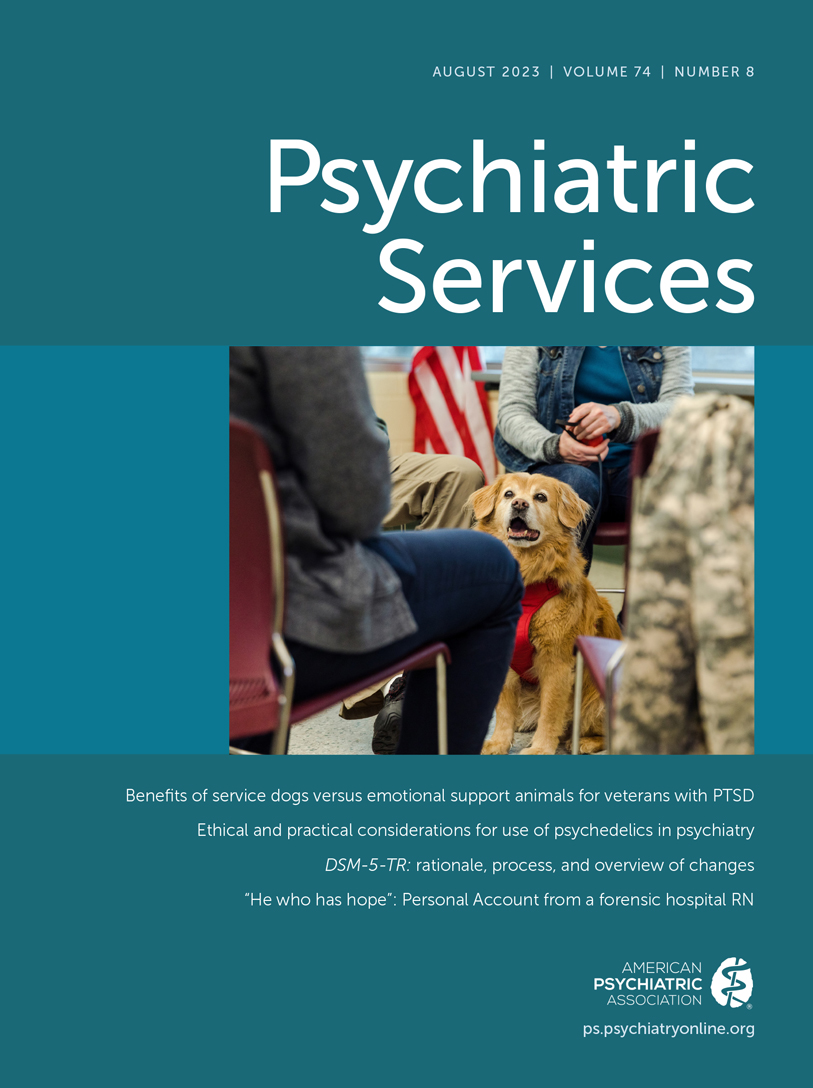DSM-5-TR: Rationale, Process, and Overview of Changes
Abstract
The DSM-5 text revision (DSM-5-TR) is the first published revision of the DSM-5 since its publication in 2013. Like the previous text revision (DSM-IV-TR), the main goal of the DSM-5-TR is to comprehensively update the descriptive text accompanying each DSM disorder on the basis of reviews of the literature over the past 10 years. In contrast to the DSM-IV-TR, in which updates were confined almost exclusively to the text, the DSM-5-TR includes many other changes and enhancements of interest to practicing clinicians, such as the addition of diagnostic categories (prolonged grief disorder, stimulant-induced mild neurocognitive disorder, unspecified mood disorder, and a category to indicate the absence of a diagnosis); the provision of ICD-10-CM symptom codes for reporting suicidal and nonsuicidal self-injurious behavior; modifications, mostly for clarity, of the diagnostic criteria for more than 70 disorders; and updates in terminology (e.g., replacing “neuroleptic medications” with “antipsychotic medications or other dopamine receptor blocking agents” throughout the text and replacing “desired gender” with “experienced gender” in the text for gender dysphoria). Finally, the entire text was reviewed by an Ethnoracial Equity and Inclusion Work Group to ensure appropriate attention to risk factors such as the experience of racism and discrimination, as well as the use of nonstigmatizing language.
Access content
To read the fulltext, please use one of the options below to sign in or purchase access.- Personal login
- Institutional Login
- Sign in via OpenAthens
- Register for access
-
Please login/register if you wish to pair your device and check access availability.
Not a subscriber?
PsychiatryOnline subscription options offer access to the DSM-5 library, books, journals, CME, and patient resources. This all-in-one virtual library provides psychiatrists and mental health professionals with key resources for diagnosis, treatment, research, and professional development.
Need more help? PsychiatryOnline Customer Service may be reached by emailing [email protected] or by calling 800-368-5777 (in the U.S.) or 703-907-7322 (outside the U.S.).



